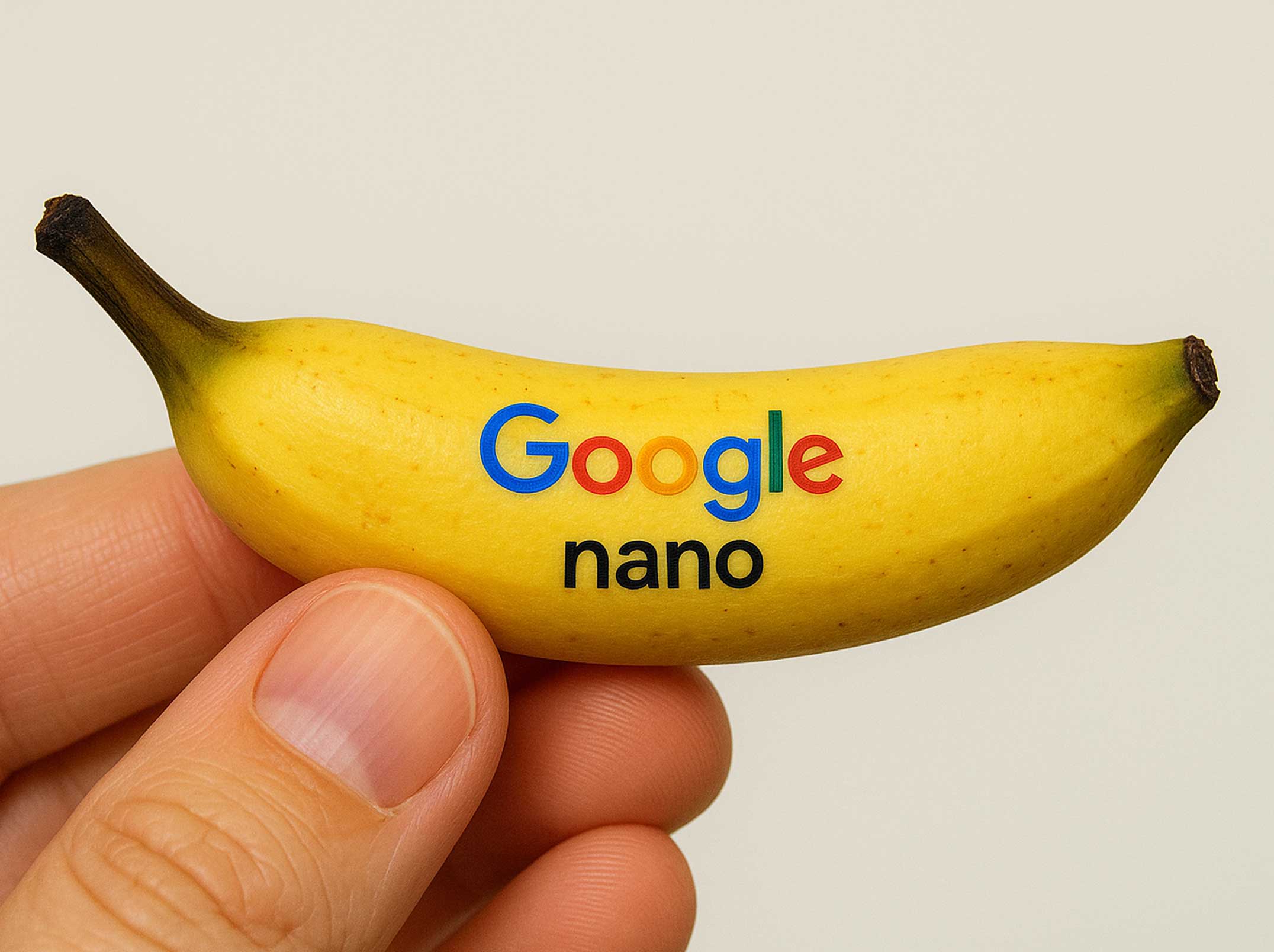Google Ads Uses Separate Auctions for Each Ad Placement
Google clarifies separate auctions for each ad placement.

Historically, advertisers often perceived Google's ad auctions as a monolithic process, determining all ad placements on a search results page simultaneously. However, recent clarifications from Google's documentation reveal a more nuanced reality: separate ad auctions are conducted for each distinct ad placement. This means that a top-of-page ad, for instance, is not vying for its position in the same auction as an ad appearing in a sidebar or at the bottom of the page. This granular approach fundamentally reshapes how advertisers should think about their Google Ads strategies, particularly when aiming for diversified visibility across the SERP. Understanding this distinction is crucial for optimizing bid strategies, ad creative, and overall campaign performance to effectively secure multiple ad spots and maximize impression share.
For a deeper dive into how your on-page SEO can support your ad strategies, you can explore resources like this: understanding of how your ads are positioned.
Understanding Google's Separate Ad Auctions
Google's official "How the Google Ads Auction Works" guide now explicitly details a multi-auction system, a significant clarification for advertisers. This means that an ad vying for a prime top-of-page position participates in an entirely distinct auction from ads competing for placements at the bottom of the page or alongside organic search results. The implication is profound: a single advertiser's ad can potentially appear in multiple locations simultaneously on a single search results page, though critically, only once per specific location. This isn't a new operational shift, as Google's Ads Liaison, Ginny Marvin, has stated, "We've run different ad auctions for different ad placements for many years... we have updated our documentation to provide more details." This formal acknowledgment underscores the importance for advertisers to understand the granular nature of these auctions to optimize their strategies for diverse SERP visibility.
Implications for Advertisers
This explicit clarification regarding separate ad auctions for each placement carries substantial weight for advertisers focused on maximizing their SERP visibility. The traditional approach of a generalized bidding strategy now gives way to a more sophisticated, placement-specific methodology. By acknowledging that top-of-page ads, for example, compete in a different ecosystem than those at the bottom or side, advertisers can now hone their campaigns with greater precision. This nuanced understanding empowers businesses to enhance their chances of securing multiple ad spots on a single search results page, directly correlating to increased exposure and improved click-through rates. The key lies in effectively tailoring bids and ad quality for specific placements, a strategic shift that promises to unlock greater efficiency and performance from Google Ads investments.
Quality and Bid Factors in Ad Placement
While bid amount undeniably plays a critical role in Google's ad auctions, it's a common misconception that securing top ad positions is solely a function of outbidding competitors. Google's sophisticated auction system evaluates a multitude of factors beyond just the bid, including the overall ad and landing page quality, as well as the anticipated impact and relevance of ad assets like sitelinks and call extensions. This multifaceted approach means that an advertiser with a highly relevant and meticulously crafted ad, supported by an exceptional landing page experience, can often achieve a prominent position even with a comparatively lower bid. Therefore, a strategic focus for advertisers should be on continually refining ad copy for compelling messaging and ensuring a seamless, high-quality user experience on their landing pages to significantly improve their Ad Rank and, consequently, their auction performance across all placements.
Strategic Bidding Across Multiple Auctions
The existence of distinct auctions for each ad placement fundamentally transforms how advertisers should approach their bidding strategies. No longer is a blanket bid across all potential placements the most effective method. Instead, advertisers gain the strategic flexibility to tailor their bidding strategies to the unique competitive landscape and value proposition of each specific ad location. For instance, securing a coveted top-of-page ad position, which often correlates with higher visibility and click-through rates, might necessitate a more aggressive bid coupled with an exceptionally high ad quality. Conversely, ads appearing in side or bottom placements, while still valuable, might be achievable with more moderate bids. This granular control empowers advertisers to meticulously analyze performance data for each placement, adjusting bids to align with the desired visibility and, critically, optimize their ad spend across these various auctions to maximize their overall return on investment.
Enhancing Campaign Performance Through Ad Extensions
Beyond meticulous bidding and compelling ad copy, the strategic utilization of ad extensions serves as a powerful lever for positively influencing ad placement across Google's separate auctions. These extensions — whether they be sitelinks guiding users to specific product pages, call buttons for immediate contact, or structured snippets highlighting key features — provide valuable additional information, making an ad inherently more informative and engaging to the searcher.
Crucially, Google's auction process explicitly accounts for the "expected impact of ad assets" like these extensions when calculating Ad Rank. By incorporating relevant and well-configured extensions, advertisers can effectively enhance their ad's overall quality and relevance, which, in turn, can lead to an improved Quality Score. A higher Quality Score translates directly to a stronger Ad Rank, potentially enabling an ad to secure better positions even in highly competitive auctions and potentially at a lower cost per click. This makes ad extensions not merely an additive feature but a fundamental component of a holistic Google Ads strategy aimed at maximizing visibility and driving performance.
Actionable Steps for Advertisers
Navigating Google's now-clarified, multifaceted ad auction environment demands a strategic shift from advertisers aiming for optimal visibility and ROI. To effectively leverage the system of separate auctions for each ad placement, consider implementing the following integrated strategies:
- Analyze Granular Performance Metrics: Move beyond aggregate campaign performance. Regularly dive into your data to identify precisely which ad positions (e.g., top-of-page vs. bottom, specific sidebar placements) are driving the most valuable conversions and delivering the highest return on ad spend. This detailed analysis is crucial for informed bid adjustments.
- Relentlessly Optimize Ad Quality: Focus on improving every component that contributes to Ad Rank. This means crafting highly relevant ad copy that directly aligns with user search intent and, critically, ensuring your landing pages provide an exceptional, valuable, and seamless user experience. High ad quality can be a significant competitive advantage, even against higher bids.
- Strategically Leverage Ad Extensions: Don't view ad extensions as an afterthought. Integrate appropriate extensions—from sitelinks and callouts to structured snippets and call buttons—to provide richer, more engaging ad experiences. These assets are factored into Ad Rank and can significantly boost an ad's visibility and click-through rates across different auction environments.
- Tailor Bidding Strategies by Placement: Adopt a nuanced bidding approach rather than a one-size-fits-all model. Adjust your bids based on the unique competitiveness and perceived value of each specific ad auction. Allocate resources more aggressively to high-value, high-converting placements while maintaining more conservative bids for others, thereby optimizing your overall ad spend for maximum impact and ROI.
By meticulously implementing these strategies, advertisers can move beyond a reactive approach to Google Ads. Instead, they can proactively position themselves to thrive within Google's complex, separate ad auction system, ultimately leading to enhanced visibility, more efficient ad spend, and a tangible uplift in campaign success.
Subscribe to our newsletter
Stay informed with the latest marketing trends, expert insights, and exclusive updates delivered monthly.




